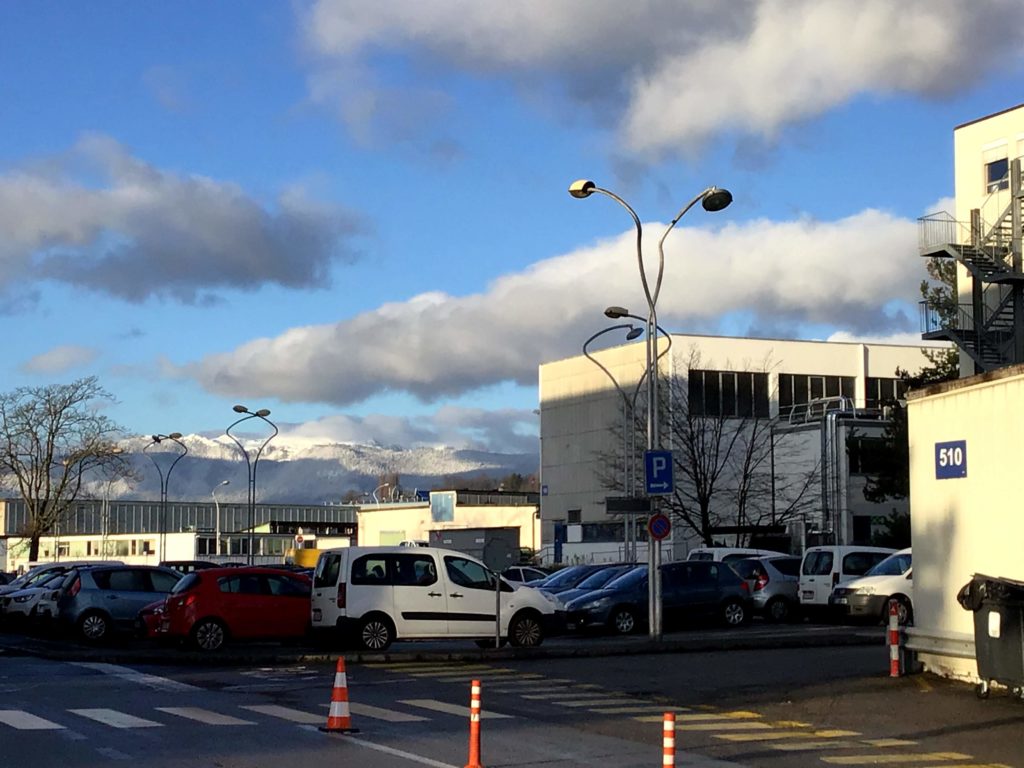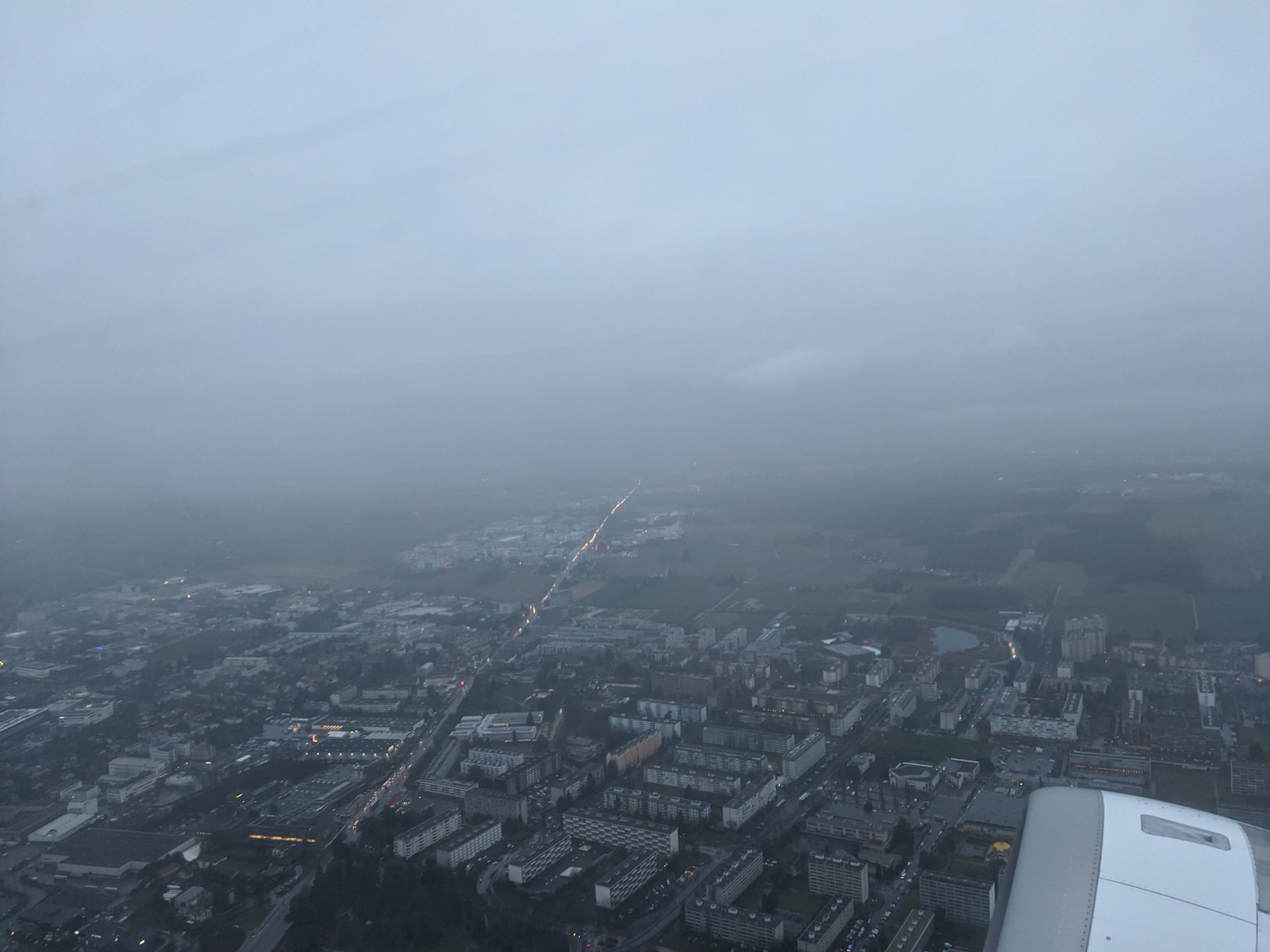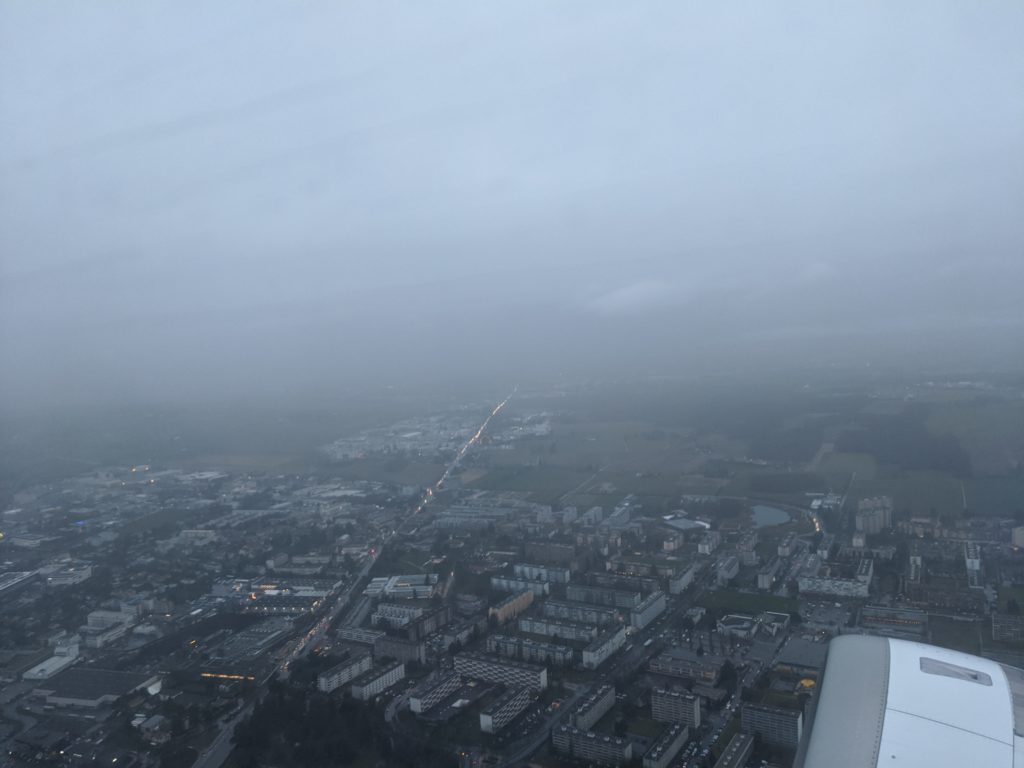Just over a year ago I took my last trip of any kind beyond a 20 mile radius from my house. It had been a trip I was very excited for. In late February of 2020 I was headed to CERN for a workshop on software development. The software was intended for deployment into the ATLAS Experiment Trigger system – the first line of decision-making between the particle collisions and the final choice to keep or reject a collision. One of my Ph.D. students flew to CERN for the same workshop. It was the first time since Fall of 2019 we would have a chance to see one another. He had been at the SLAC National Accelerator Laboratory while I was stuck in Dallas teaching and doing graduate director stuff. I was so relieved to finally be headed to CERN … to anywhere, really. My trip to CERN was supposed to be the kickoff of a season of travel.

It ended very differently than I imagined.
I arrived on a weekend. At the time, the SARS-CoV-2 virus had spread to parts of Asia and Europe and was beginning to make in-roads to the United States. Italy was beginning to face overwhelmed hospitals. Travel was still generally permitted. There was a fear, as I traveled through Heathrow and on to Geneva, that borders might begin to close if this thing got worse. But even then, as things were about to change quickly, it seemed distant.
On Monday, SMU ended international travel. The first day of the workshop was only just behind us. I had gotten back to my CERN hostel room from dinner. I flipped through email, and there it was. SMU was ending work-related international travel. I immediately asked for clarification from SMU: did that mean I had to get on the first flight home from Geneva? The answer was, basically, yes. If I didn’t, I faced a 14-day quarantine from SMU. I was not to come to campus for two weeks … and since Spring Break was still 12 days away, that meant missing teaching.
It wasn’t possible to just hop on the next flight. For instance, by the time this was all clarified it was past 7pm. The CERN hostel front desk wouldn’t even reopen until 7am the next morning. I couldn’t even check out and pay my bill before then. Flights to the U.S. generally leave by 7am to connect through cities like Madrid or London. So it just wasn’t going to happen.
Which meant I was banned from campus when I eventually got home that Thursday.
I started planning for exile. I was very fortunate to get an offer from a colleague to cover my classes. Only later, months later, did I learn that our accrediting body allows faculty to substitute asynchronous content for up for 25-30% of instruction before it violates accreditation rules. Since I already used the flipped classroom model, I could have simply had students do everything asynchronously and would have been fine. But a lot of bad mythology flies around departments like mine, and in my department the mythology was that you cannot miss a teaching day and use asynchronous material to cover it. Wrong.
Of course, just a couple of weeks later digital instruction and asynchronous methodologies would become necessary. But the wave had not yet crested. It was still rising out of the ocean.
The workshop was great. It was a joy to be at CERN. But as the days passed, the news in Europe got worse. The news in the U.S. got worse, too. It was clear that when I boarded my flight on Thursday morning I would be flying just ahead of the wave as it washed over Europe and raced toward the U.S. from all directions.
My flight home connected through Madrid. The plane from Madrid to Dallas was nearly empty. I had no one sitting withing two rows of me on a flight that normally would have been packed to the gills. I learned not long after I got home that the first known symptomatic COVID-19 case at CERN had occurred on the very Monday I got the news from SMU that international travel was canceled. While no one knew that at the time, it was clear how close the virus had gotten in a place where people from all over the world mix and mingle for science. Not long after, Madrid would suffer the kinds of outbreaks that would soon become common across most major cities.
It’s been over a year since I could travel anywhere for work. There is nothing to travel to. Workshops and conferences are all virtual, out of a wise abundance of caution. I have been very lucky to be trapped with Jodi in our lovely house, able to take walks and go for runs outside. I’ve been very fortunate to work with people who know how to communicate digitally, because we’ve had to do that for decades because of our international scientific work. I’ve been very fortunate to avoid contracting COVID-19, and to have family contract it but not suffer too badly. In the U.S. alone, 500,000 people have not been so fortunate, and many more survived but suffered “long-hauler” symptoms that leave them neurologically damaged.
It’s not over yet. And where I live – Texas – is a hive of bad policy making informed by base conservative politics and not scientific or medical thinking. I live in a place made more dangerous by magical thinking. But even with all of this – with cases declining but seemingly stalled in decline for now, with bad local health policy and ignorant thinking, mutant COVID variants on the rise, and with no personal access to a vaccine yet – there is hope. People close to me have been vaccinated, and I am relieved they have a large measure of safety again. I will likely become vaccine eligible in 2 months or so. Case counts have come down, though not to the lowest levels that would make me comfortable.
Nevertheless, there is hope.




